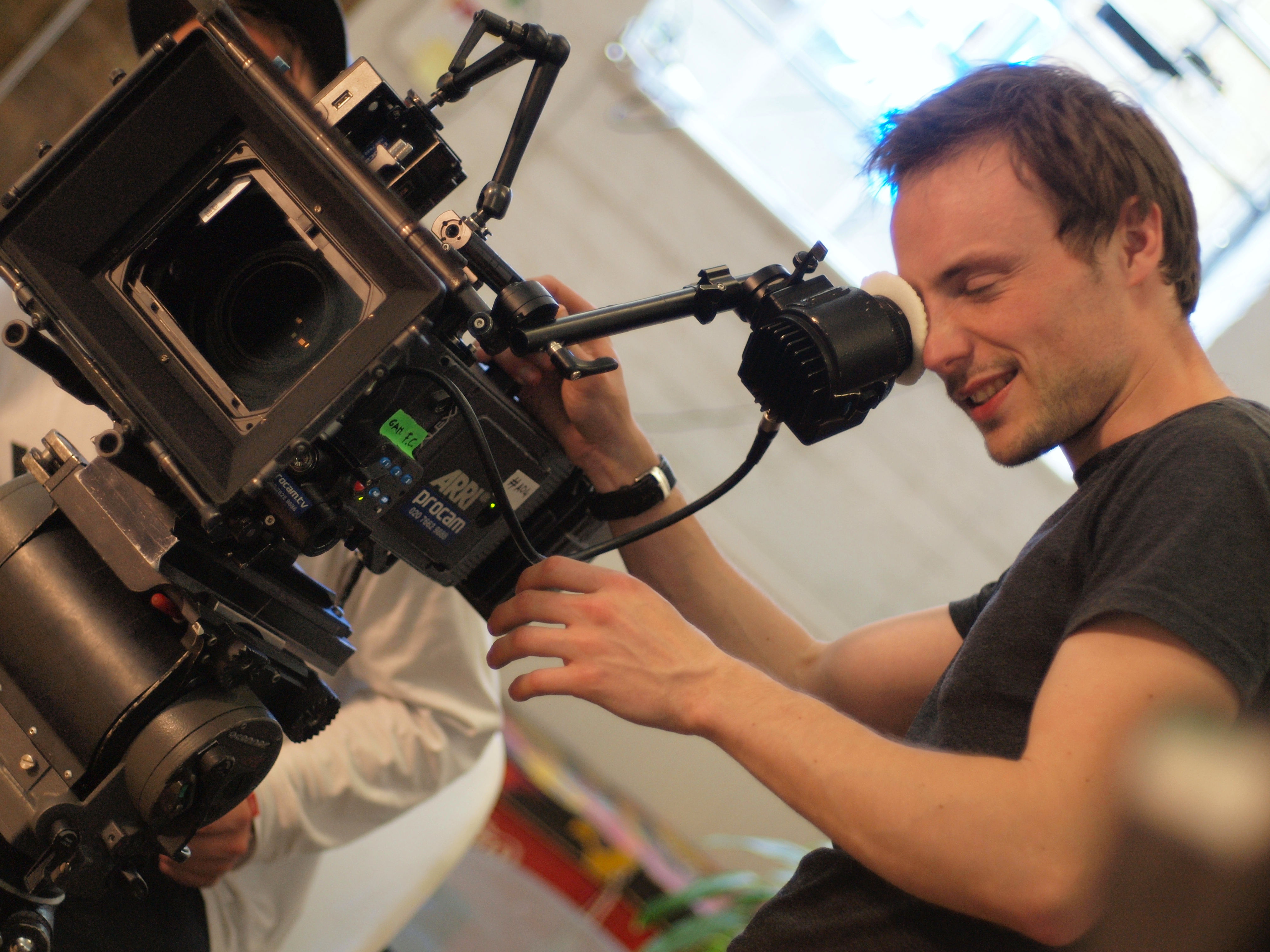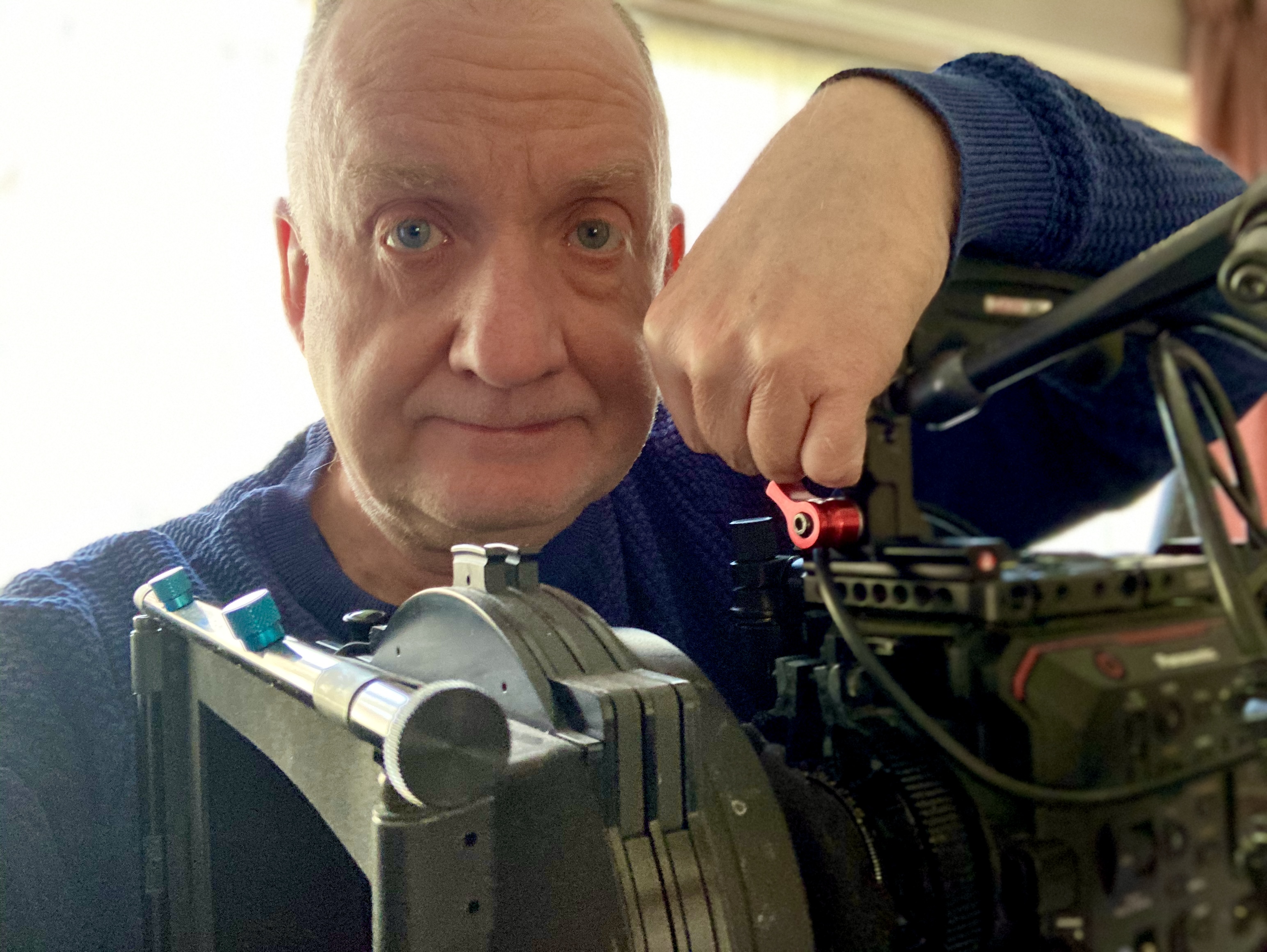ASK & DISCUSS
INDEXTrying to understand the expences of shooting my short on 16mm - can someone please help?
7 years, 1 month ago - Will Nyerere Plastow
I'm shooting a short that is aiming for a Gothic post-Hammer Horror/Guillarmo Del Toro style of look. I'm sure 16mm would look great, but would like some help understanding all the costs involved before making a definite choice with regards to format. I'm not a film nazi or anything, just looking for advice by those who have more experience.
Only members can post or respond to topics. LOGIN
Not a member of SP? JOIN or FIND OUT MORE
7 years, 1 month ago - Karl Clarke
Hi Will,
Once you have your hands on a 16mm camera, you basically need to get a film stock, shoot it, and hand it into the lab who will process it and deliver it to you, probably on a hard drive or upload to go digitally in post (as you would normally).
So in essence, you need film stock (Kodak), Lab processing and scanning fees(plus drop off and pickup from the lab), hard drive/drives (as normal). The rest is the same really.
There is a good site https://www.frame24.co.uk/ who do package deals for the whole lot, I'd suggest you just give them a ring and have a chat.
7 years, 1 month ago - Karl Clarke
This is obviously not detailing the technicalities/experience of shooting film/operating the kit which is very different to digital, but just as a bare bones cost aspect. Feel free to ping me a message if you want to know anymore.
7 years, 1 month ago - John Lubran
I imagine that Will would be using s16 (super 16)
Either way the differing technicalities compared with digital
that Karl touches upon are quite conciderable and demanding, as well as costly. It's worth exploring just how well digital can replicate the look of s16 first.
We're now at a time when 4K can not only exceed most of the latitudanal specifications of s16 and provide the manipulative headroom for post production fancies, but can do it cheaper, easier and with greater creative empowerment.
The new backstop for exaltimg the special look of film now begins at s35 and even those days are numbered.
Having said all that there's still a taste in some quarters for the retro look of even s8. It's art I understand, but it'll have to be very good if it's to have a significant audience under the age of 30!
7 years, 1 month ago - Mark Wiggins
Actually it is possible to shoot a film on S16 and do it cheaper than digital. There are many DOPs who own S16 cameras and Kodak and the labs will do deals for the right DOP. The trick is to keep your shooting ratio low. Storyboarding, lots of rehearsals and discipline will help you do this. And there is no digital sensor that can match the latitude of film. Just go and take a look at the latest camera tests on the CML (cinematography Mailing List) website.
7 years, 1 month ago - John Lubran
If a DOP offer to waive costs that's always a bonus. But then such waivers might apply to offers that include both film and digital resources. Technical comparisons between analogue and digital continue to be tricky and analysis methodologies differ and are often vulnerable to the predilections of the observer. Just as there are differing film emulsions which extend one more favoured latitude at a cost to another? Balancing between things like light sensitivity and graininess or colour rendition of differing qualities etc., so are there differences between 4K option too
Generally it's accepted that even s16 is capable of resolving a fuller subtlety within the colour spectrum and to handle a wider exposure range between dark and light. But these latitudes are theoretical in practice much of the time where other emulsion choices are required that shift optimum desired image quality to differing points along those spectrums. Measuring resolution is also subject to variable criteria of analysis but for me the ones that seem comensurate with the grade one eyeball test suggest that for most practical purposes the assessment that s16 is equivalent to 2k and s35 to 5K is fair.
Whilst much can be done to mitigate the cost of film and its processes by keeping shooting ratios down the cost of preproduction and rehersal will be higher. It's always good to be diciplined and professional but it's at least equally good to be able to exploit flexibility and opportunism. The great thing about video, whether it be digital or analogue (remember those days?), is that what you see is what you get, in real time.
Unless one intends to edit with razor blades and glue then exposed film still has to converted to digital and it's in the edit suite where significant other choices reveal the manipulative headroom offered by high end raw 4K.
Using s16 today is to chose a very subtle option entirely for aesthetic reasons that are digitally recreatible, often, ironically, by what amounts to manipulative downgrading
The competing mathematical assertions that attempt to compare proverbial apples with oranges are unlikely to achieve a definitive and unassailable answer so it's always going to come down to the nature of the screen that the grade one eyeball and the culturally subjective brain behind them appreciates.
7 years, 1 month ago - Mark Wiggins
Don't see how the cost of preproduction is higher? I'm talking about rehearsing the shot on the day and then only "turning over" when everyone is happy. In the digital world you have the extra cost of the 'splurging/shoot the shit out of it" style of shooting which is all pervasive these days. Keeping the camera running and doing repeated takes without cutting etc. This style of shooting results in greater cost because all this extra data has to be stored somewhere and storage (hard drives) cost money. Also, you have to pay an editor for the huge amount of extra time he/she has to put in syncing up and logging all these extra takes. The amount of data that can be generated on a digital shoot per day vastly exceeds the equivalent amount of footage shot on an analogue shoot.
And I do remember the analogue days. In my 27 years of working in the camera department I only shot on digital for the first time in 2005. This includes working on many, many low budget shorts in the 90s which were all shot of Super 16 by people who didn't have much money and we managed it. It was a great training ground because it taught us to shoot in a very disciplined and economical way that kept the cost down. I doubt Christopher Nolan would have been able to bring a shoot like "Dunkirk" in on budget if it had not been from learning his trade on all the low budget Super 16 shorts he did.
I'd agree about equivalent resolutions. Its standard practice to scan Super 16 at 2K and 35mm at 4K.
4K digital raw does not offer more headroom in the grade. As any colourist who has worked with film will tell you, working with film that has been digitised is just like working with log (it is the dynamic range of digitised film which is the reason for working with it still and not its resolution; though resolution helps). I remember one colourist, who had a lot of 'film experience' working on some quite high budget recent productions on film) telling me that the difference with working with digital log files and film which had been digitised is that, with the digital, you get to a point of pushing it so far that the picture starts to fall apart whereas, when you get to the same point with digitised film, the picture still holds together.
I remember the first time I sat down with a colourist and did a digital grade of something I'd shot on Super 16 and was completely blown away by what we could do. It was akin the working on log footage but on steroids.
7 years, 1 month ago - Mark Wiggins
Correction to above. I should have said that 2005 was the first time I shot on video (Panavised Sony F900 - the camera built for the Star Wars prequals). Before that, I had only ever worked with film.
I should also say that, if you shoot digital you have to digitally store and log etc all the rushes that you have shot which (as I have said) with the modern style of "splurging" can mean an enormous amount of data. With shooting on film, not only are you shooting more economically, but also only the good takes get digitised (no point in digitising the bad ones) so there is an emormous cost saving in digital storage.
7 years, 1 month ago - John Lubran
Thanks Mark, your assessment is well founded. This is a recurring issue and always well qualified by subjective conciderations. How long ago was your experience with grading? I'm not nearly as experienced with film as you but still somewhat in the loop. My presumption is based on what other people explain to me with regard to post manipulative headroom. Colour grading ought not result in shredded data if transcoding pathways are appropriate. I can see how analogue film might be less vulnerable to inapropriate transcoding. It's significant that the digital tools for post, even at a quiet modest cost level have improved exponentially year upon year. Moore's Law.
7 years, 1 month ago - Mark Wiggins
I'm involved with grading all the time. The conversation I had with the colourist that I recounted was just last year. I happened to be in the same building as him when he was working on the restoration of some 1950s black and white stuff. The first couple of things I shot (16mm shorts), back when I was a Trainee on proper stuff, were in the days of when grading consisted of going to a lab, looking at a projected print with a guy in a white coat (the Colour Timer), making a few comments to the guy, then going back a week later to repeat the process. The first time I encountered a D.I. (Digital Intermediate) and a digital grade I was, as I said, blown away (that was back in 2001). Things have moved on a lot since then of course. Needless to say, once I had experience digital grading, wild horses wouldn't have pulled me back to the old ways of doing things! lol
Obviously, colour grading should not result in shredded data, the colourist was just explaining to me how much better digitised film can stand up to the worst abuse you can throw at it and it can do that because there is a lot more information stored in each 'digital frame' than there is in a digital one. Its because the current range of software is capable of storing more information than current digital sensors can record. Hence, a 4K scan of a 35mm film frame will contain more information than a 4k frame captured from a digital sensor.
7 years, 1 month ago - Mark Wiggins
I should say, that the first time I shot anything at all as a DOP was a Standard 16mm short back in 1995. Back in the days of chemical grading with printer lights, Negative Cutters etc.
7 years, 1 month ago - John Lubran
With s35 being rated at 5K we'll probably have to wait for the impending 8K format before we see s35 overwhelmed (already well developed with the manufacturers waiting to claw back thier investments in 4K first )
How are you finding your new Panasonic with the 5K sensor?
7 years, 1 month ago - Mark Wiggins
Hence the renaissance with 65mm film with a 65mm film camera being the first new film camera in 13 years (the last being the Arri 235 in 2005). People want to see IMAX quality images at the cinema; on IMAX screens. 65mm film can be scanned at 8K. Although its resolution is thought to be higher there are no scanners that exist that can scan higher than 8K. IMAX/ 65mm (both film and digital) and Vistavision/Full Frame (both film and digital) seem to be the way things are going with the ultra narrow depth of field look. Have to keep people going to the cinema to get an experience they can't get from their 4K TVs after all.
My Panasonic EVA1 is great (5.7K sensor). I'm getting it on jobs a lot. Spends a lot of time on my steadicam (though I have to weigh it down to get it to a good workable weight). Good B Camera to its Varicam syblings. I hear the EVA1 is out on several Netflix jobs at the moment. The upgraded PL version is going down a storm I hear (Wooden Camera PL mount is about £500). Its a conversion though, not an adapter but you can convert it back to EF again.
7 years, 1 month ago - John Lubran
It does seem to offer a lot for the money. Why though is concider to be a B camera compared withore expensive Varicams? What can't the EVA1 do that they can?
7 years, 1 month ago - Mark Wiggins
The Varicams do have more features and their upper base ISO (having dual ISO sensors) is 5000 compared to the EVA1's upper base ISO as being 2500. So a whole stop faster. The Varicams have also got a more robust build quality (I have a lot of metal surrounding my EVA1). Interestingly, as well as being a B Camera to Varicams its also being used as an A Cam with the gh4/gh5 as a B Cam. My EVA has been getting out on its own though: Shorts, Music Videos, Commercials and Corporate stuff have all been shot on EVA1s. I'm sure its only a matter of time before we see, say, a whole movie just shot on an EVA1.



